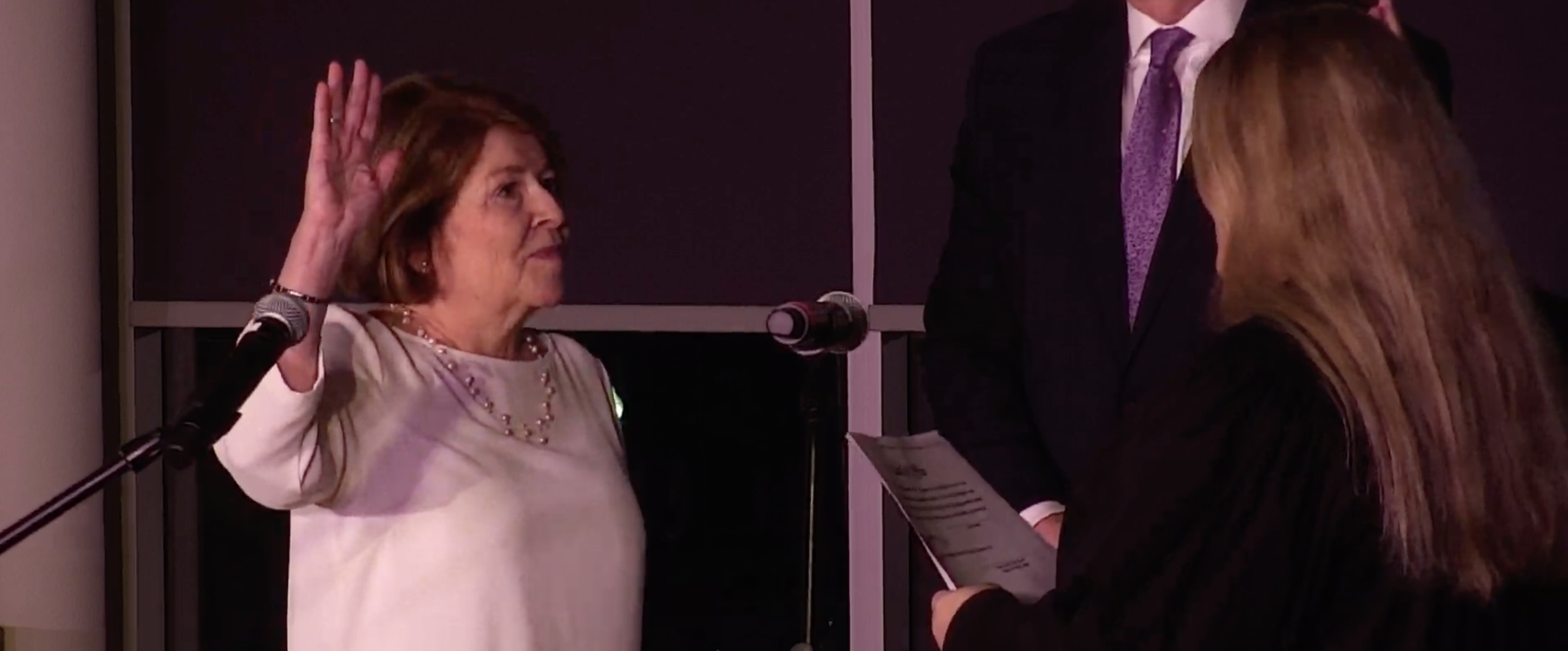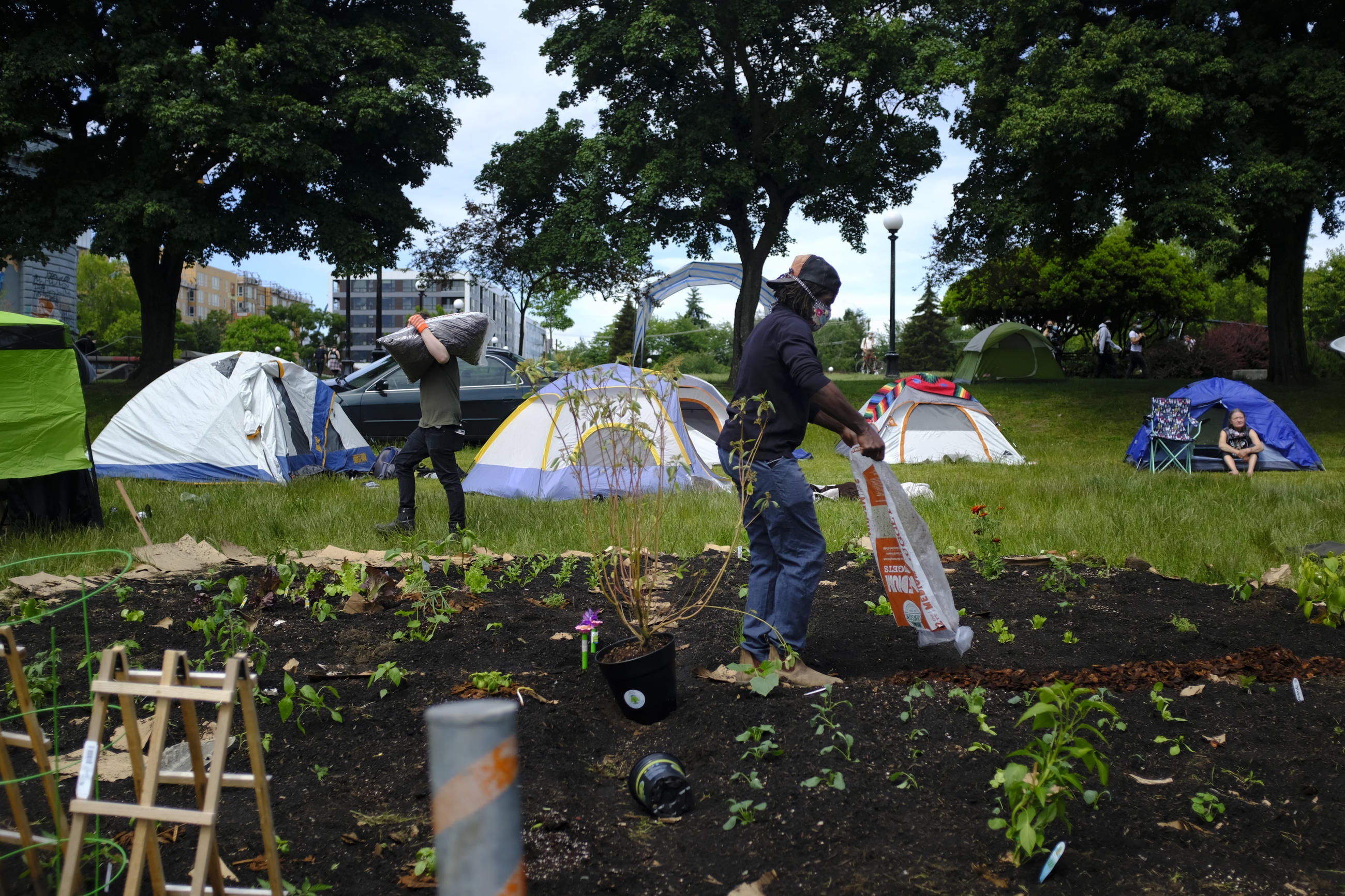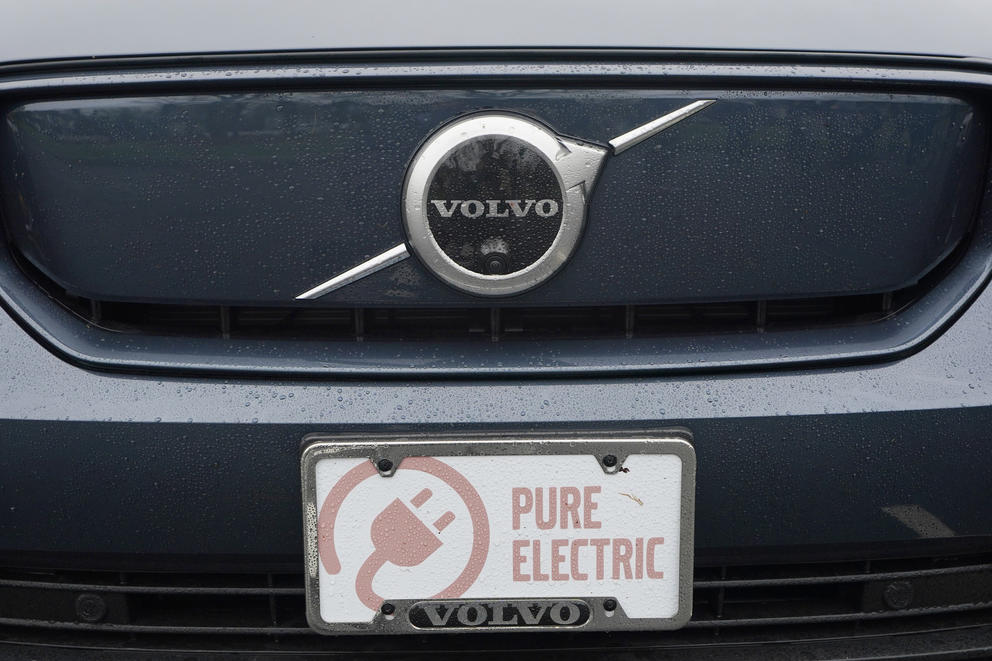Mayor Harrell decides against ShotSpotter gunfire technology

Mayor Harrell considered spending $1.8 million on live audio and video feed of gunshot detection technology and CCTV in Seattle’s high-crime areas. (Genna Martin/Cascade PBS)
Mayor Bruce Harrell announced today that the city of Seattle will not implement a controversial acoustic gunshot locator system as part of its $1.8 million crime prevention technology pilot program after large public outcry against the technology.
This pilot program is meant to deter criminal activity and aid with police investigations. The pilot will use only closed-circuit television; a real-time crime center which will respond to crime alerts; and expand its use of automated license plate readers to all police vehicles with dashcams.
CCTV cameras will be installed in three neighborhoods that the Mayor’s office says suffer from a disproportionate amount of criminal activity: Aurora Avenue North, the downtown Third Avenue corridor and the Chinatown-International District. The real-time crime center will use technology to integrate data sources for analysis and investigations.
The response at community safety forums showed the lack of support for the acoustic gunshot technology, and the proposal got pushback from organizations like the NAACP and ACLU as well as from advisory groups in pilot areas of the city.
Similarly, earlier this year, the city of Chicago decided not to renew its six-year, $49 million contract with popular company ShotSpotter, which placed the technology in largely Black and Latino communities. It joined other cities that have pulled out of contracts, including Charlotte, North Carolina; Atlanta; New Orleans; Trenton, New Jersey; and San Antonio.
The original proposal for the technology was approved by the City Council in 2021; currently the new expansion proposal is being reviewed by the Council.
Seattle says other efforts as part of this program will take a crime-prevention approach, with tactics such as increased police patrols, community-based initiative investments and enhanced light and cleaning in crime-concentrated areas.
The city also said the Seattle Office of Inspector General for Public Safety will continue to review the program for efficiency and results. The evaluation will be completed after the first pilot year, with a final evaluation in the second year.









